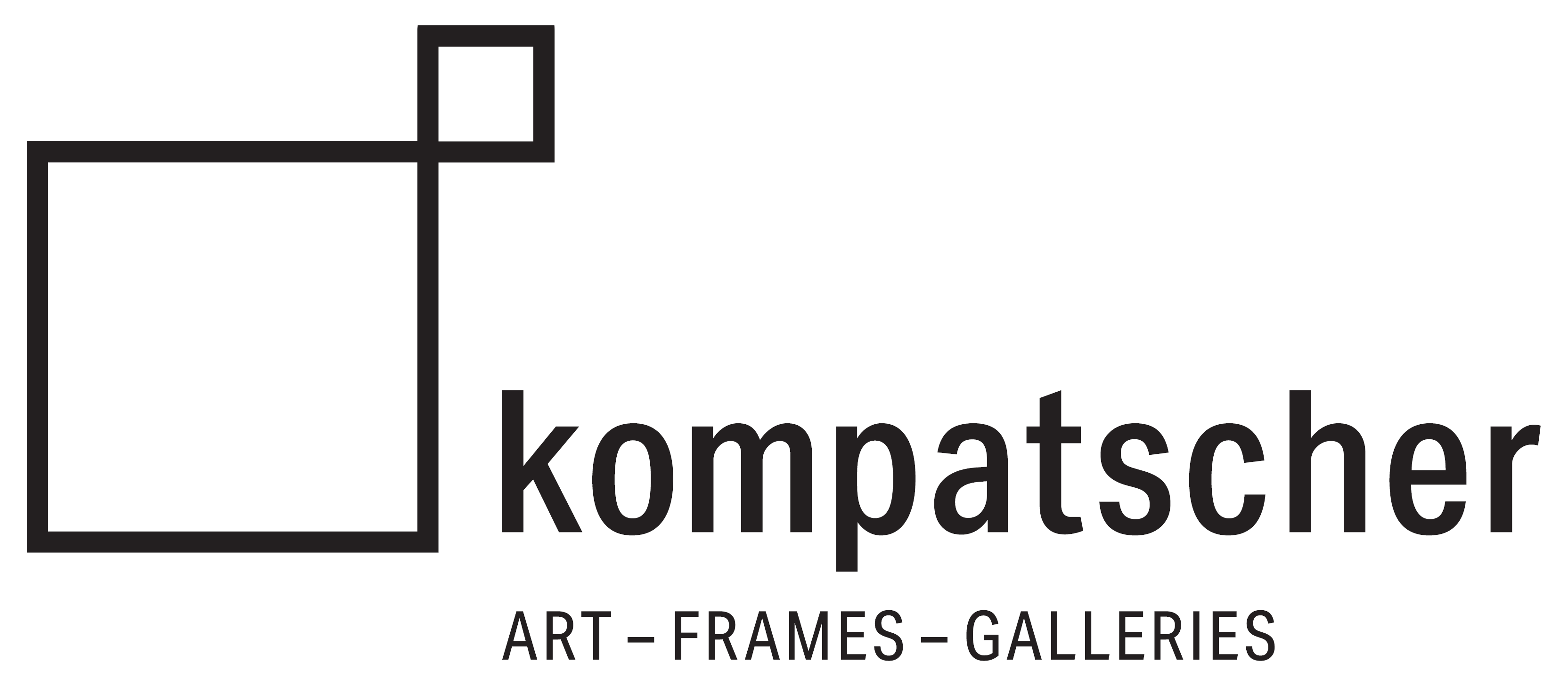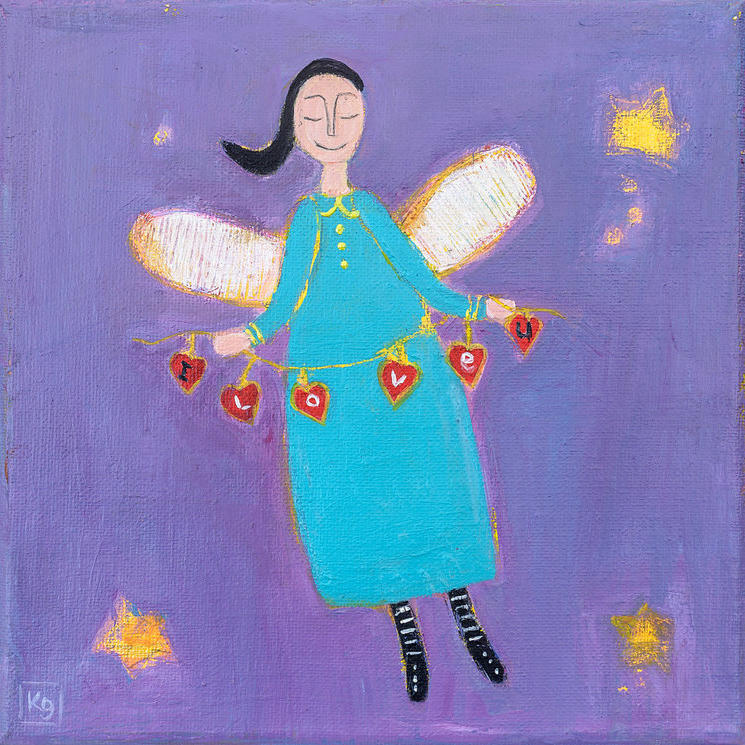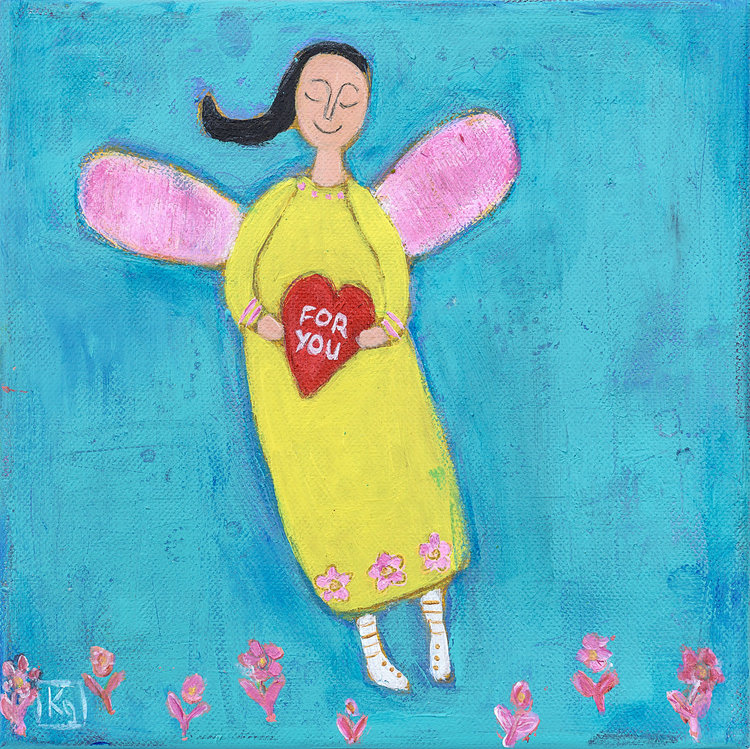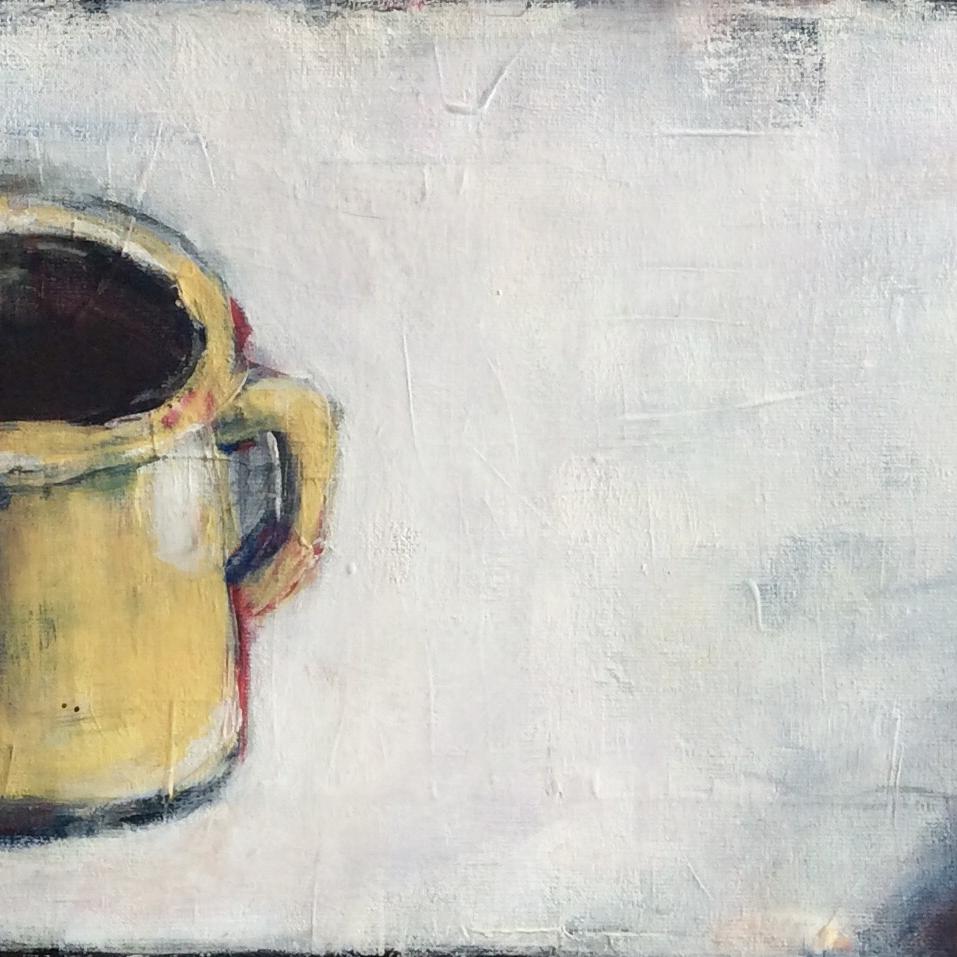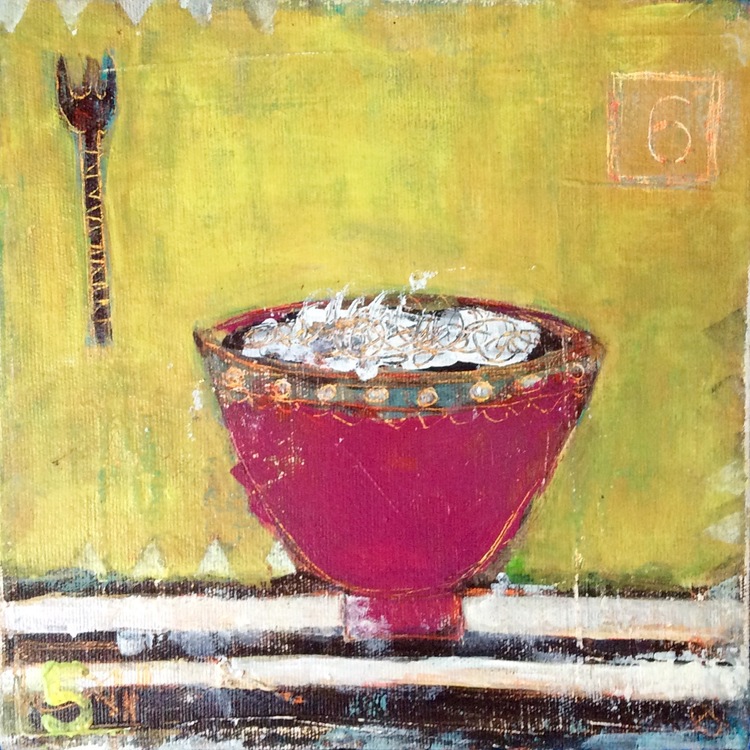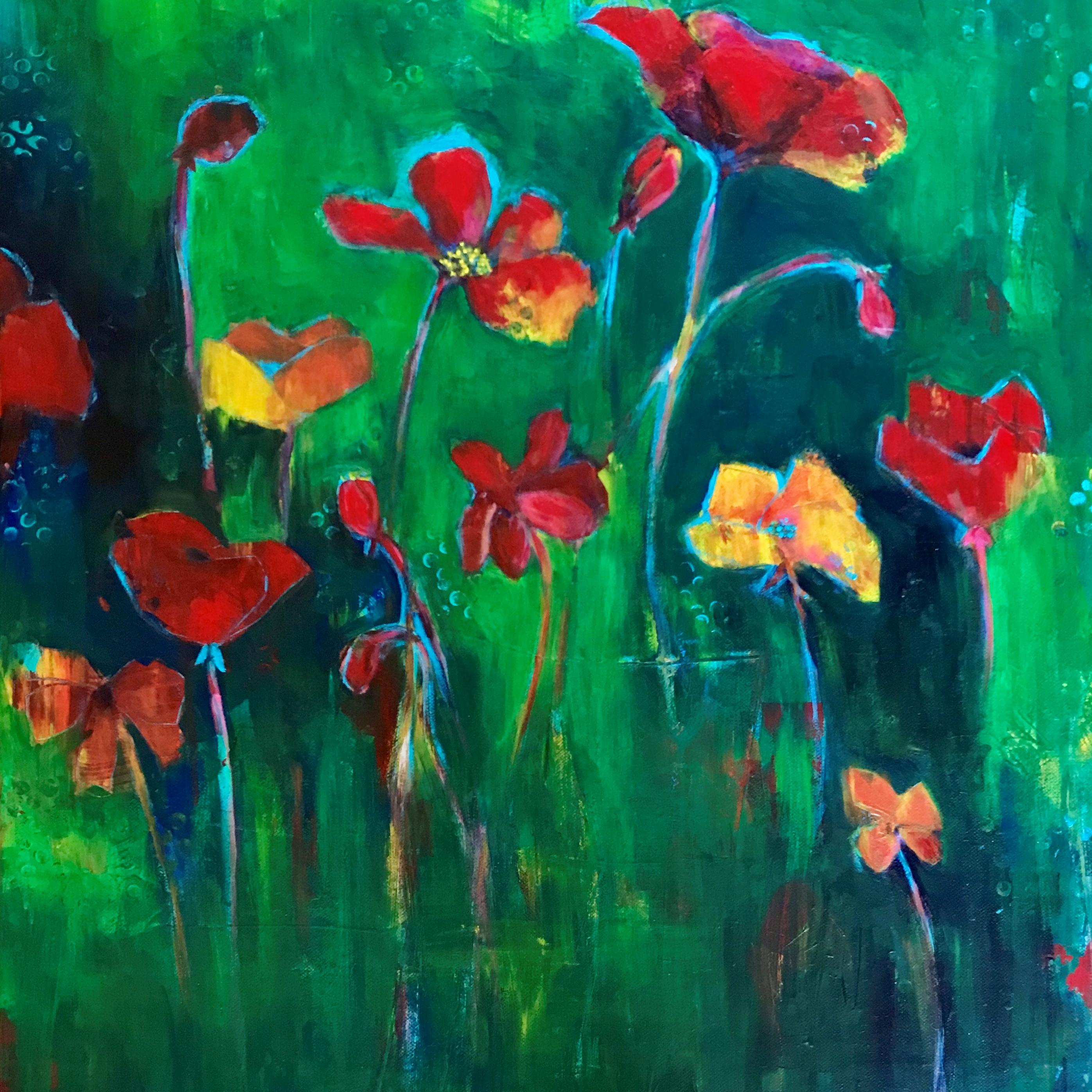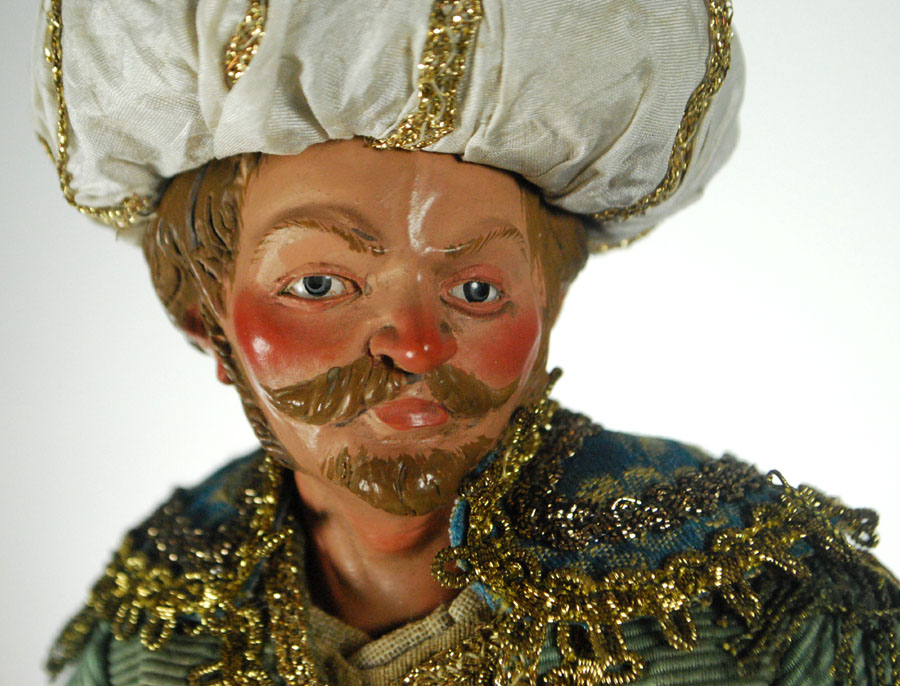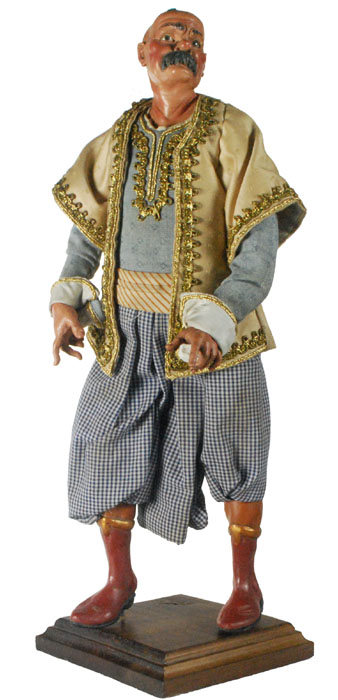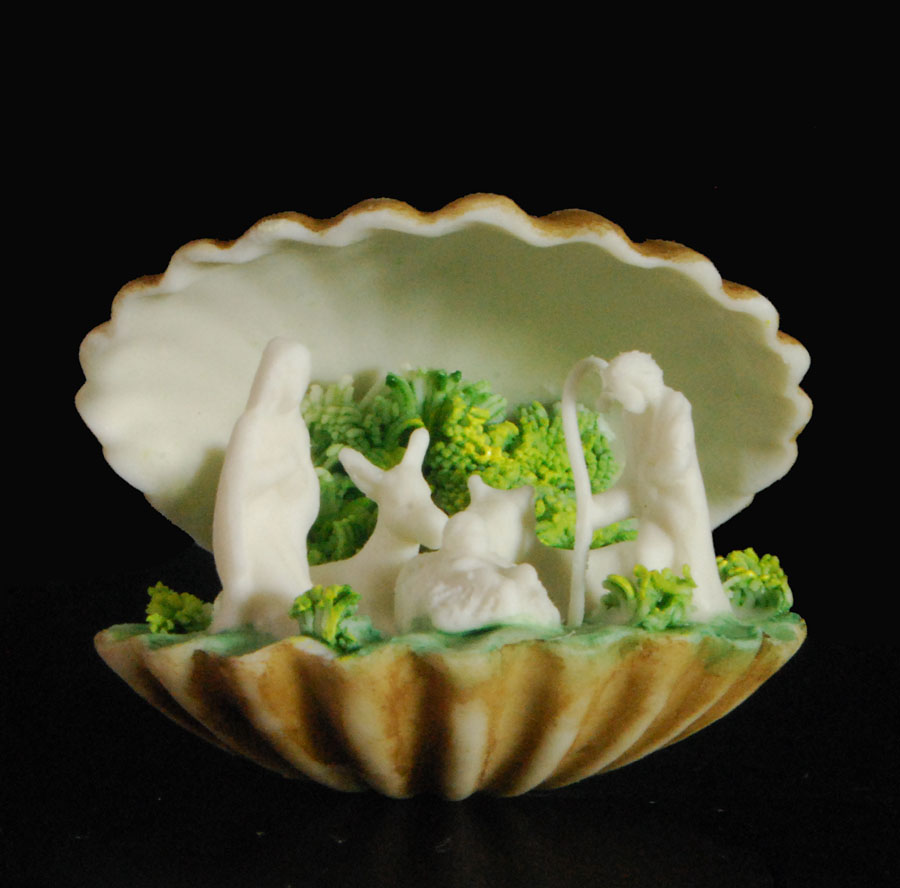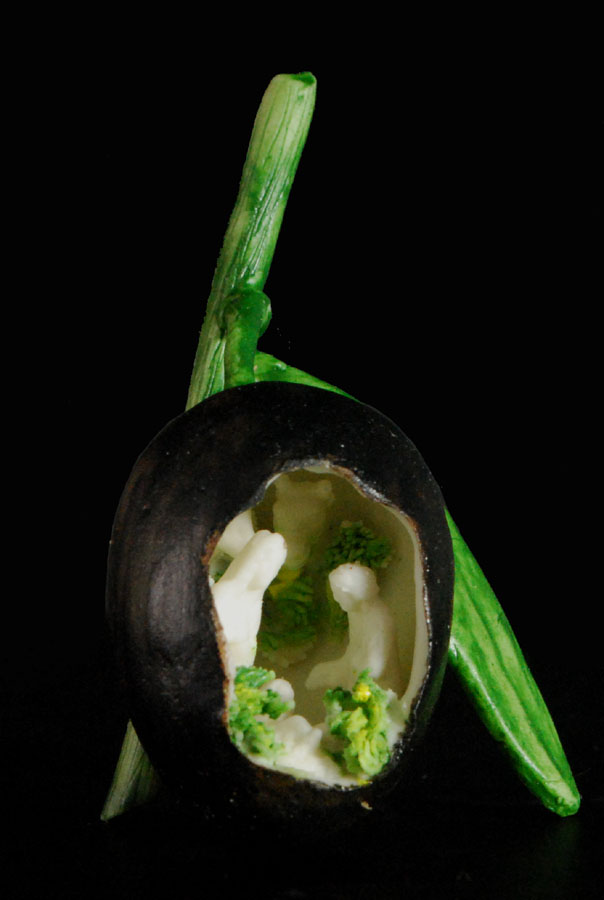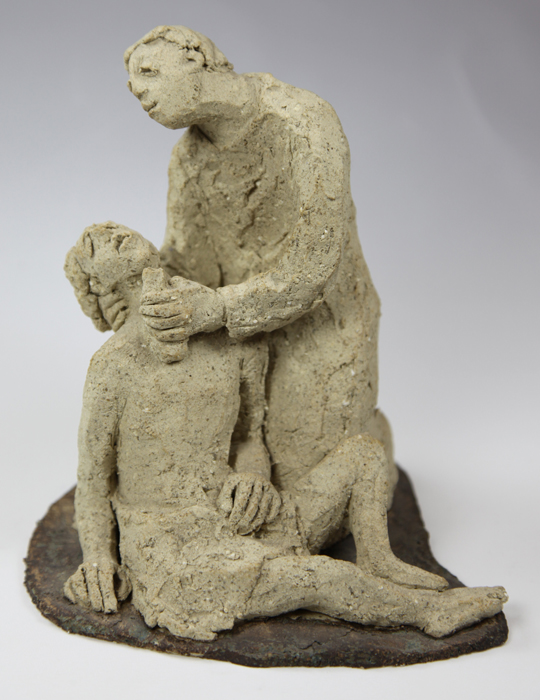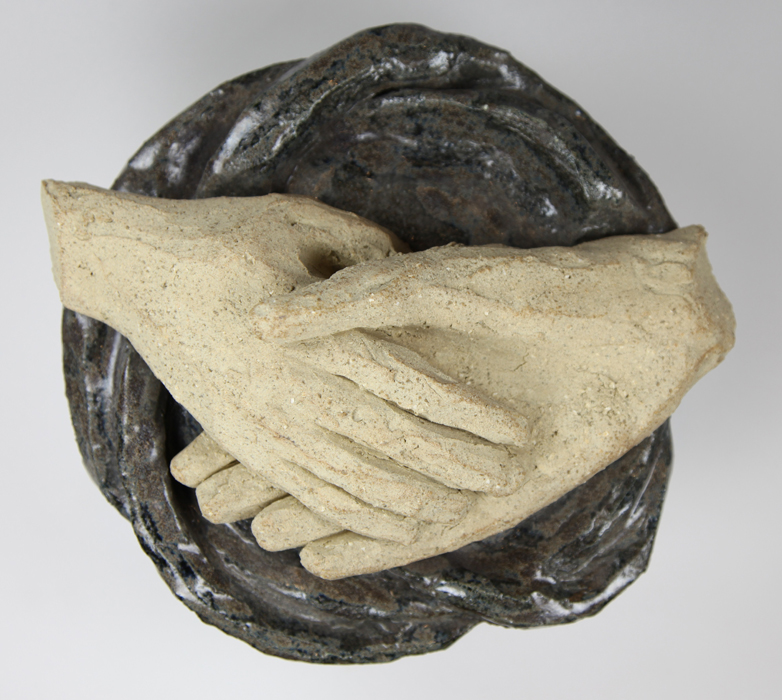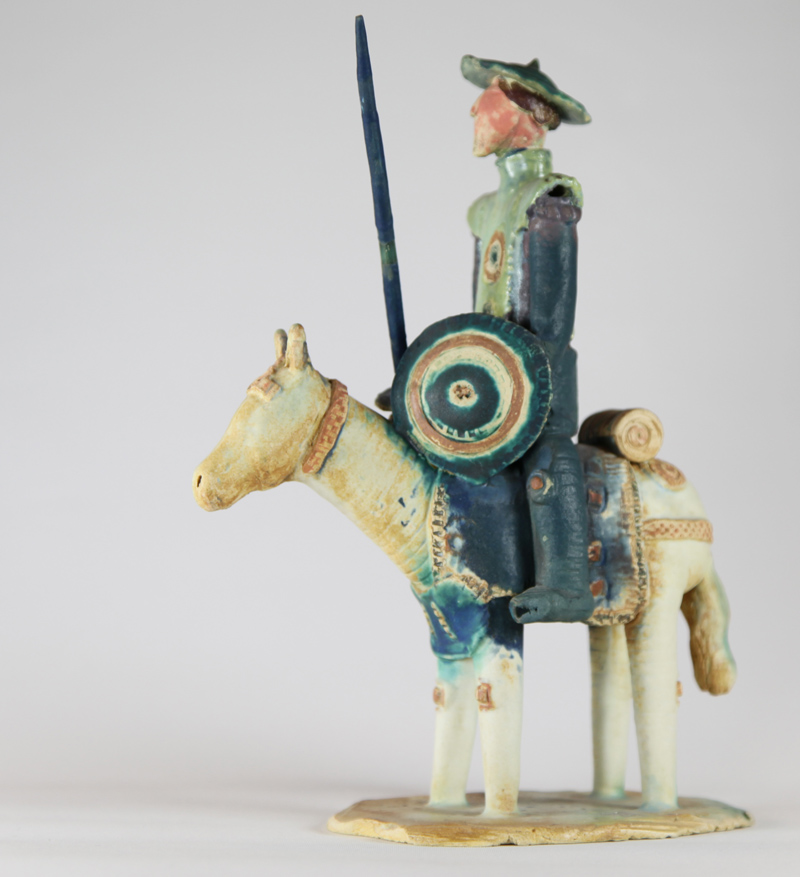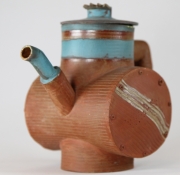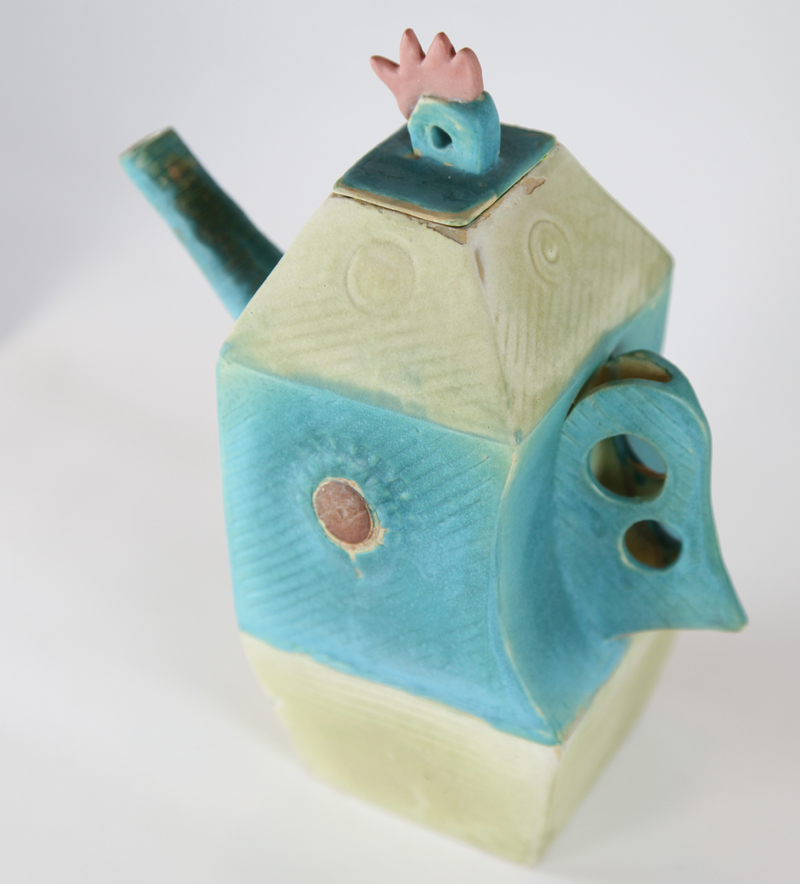Moling Markus
Markus Moling
- 1973 – born in Wengen (Italy, South Tyrol)
- 1992 – diploma school of arts in St. Ulrich (Italy, South Tyrol)
- 1995 – member of “ladinischen Künstlerbundes EPL”
- 1996 – Diploma at the“Accademia di Belle Arti di Brera“ in Milano
- 2004 – admission in the “Südtiroler Künstlerbund”
- From 1996 artistically active: the principal theme are the living spaces of the human, the conscious and unconscious memories and emotions. The focus is especially in painting and drawing and also installation, plastic, sculpture are part of them
- Artistically practice at Mühlen in Taufers (Italy, South Tyrol)
Solo exhibitions
2015 – “Hin-ein-sehen”, Galerie Prisma, Bozen
2014 – “Odüdes” Kreis für Kunst und Kultur, St. Ulrich (Gröden)
2011 – Galerie der Bezirksgem. Überetsch-Unterland, Neumarkt
2009/10 – Galerie-Hotel Teresa, St. Vigil in Enneberg
2009 – Buchladen am Rienztor, Bruneck
2008 – “Quies” – Ragenhaus, Bruneck
2007 – “Horizont 2” – Lad. Kultuinstitut Micurá de Rü, St. Martin i. Th.
2006 – “Horizont” – Englsburg, Neustift
2004 – “Zentrum” – Art-Studio De Bettin, Bruneck
2002 – “Natur und Mystik” – Schlandersburg, Schlanders
Teilnahme
2017 – “Über alle Berge”, Galerie Markt Bruckmühl, bei Rosenheim
2016 – Fritzi – Gerber – Preis – Finalistenausstellung, Galerie Nothburga, Innsbruck
2016 – 70 Jahre, Jubiläumsausstellung des SKB – “Garten” , Hofburg Brixen
2015 – 50x50x50 – ART SÜDTIROL 2015, Festung Franzensfeste (BZ)
2015 – “Confins”, Ausstellung des Künstlervereins EPL 2015, St. Martin in Thurn
2015 – “H.Machhammer & M.Moling” – Galerie Nothburga, Innsbruck
2014 – “One Night IV” – Hotel Session, Pragser Wildsee
2013-14 – “Twilight”, LDX Artodrome Gallery, Malta
2013 – “50x50x50-ArtSüdtirol 2013”, Festung in Franzensfeste
2012 – “Natur und Leben”, LDX Artodrom Galerie, Berlin
2012 – “15×15”, Gal. d. Bezirksgem. Überetsch-Unterland, Neumarkt
2012 – “coletiva”, Galerie Prisma, Bozen
2012 – ArtBeijing 2012 (LDX Artodrom Galerie Berlin), Peking / China
2011 – “Tavella_Vittur_Moling”, Ragenhaus, Bruneck
2011 – “50x50x50-ArtSüdtirol”, Festung in Franzensfeste
2009 – “50 agn EPL”, Lad. Kulturinstitut, St. Martin in Thurn
2008 – Lad. Kulturinstitut (EPL), St. Martin in Thurn
2008 – Mitwirkung am Stand des S. K. bei der KunStart 08, Bozen
2005 – “Trasse”, Steinhaus
2004 – “Media”, Kulturhaus, Stern
2002 – “Ert y Natüra”, Val d‘ Ana, St. Ulrich
2002 – “Grafik”, Lad. Kulturinstitut, St. Martin in Thurn
2002 – Ladinisches Museum, St. Martin in Thurn
2000 – alte Schule, St. Vigil
1998 – “Nebenzimmer”, Stadtmuseum, Klausen
1997 – Lad. Kultuinstitut Micurá de Rü, St Martin in Thurn
1996 – “Geheimnis, Mythos, Mensch, Abenteuer”, Kreis für Kunst und Kultur, St Ulrich
1995 – “Quali differenze”, Galerie Arcadia Nuova, Mailand
1993 – B. Tavella, M. Moling, Raiffeisensaal, Stern
Artworks:
Nothing found.
Gacke Karolina
Karolina Gacke
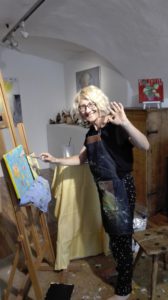
was born 1975 in Poland and grew up in Nigeria. After graduating in „African Arts and Cultures“ at the University of Warsaw, Karolina started travelling the world. Her rich cultural background has a strong imprint on the artistic expression.
Karolina Gacke currently lives and works in Brixen (Südtirol, Italy) and Bangkok (Thailand).
Education
Seminars, workshops and guest residences all around the wordl with artists including Andrej Wełmiński, Wolf Werdigier, Łukasz Stokłosa, Elsie Evans, Erik Batstra, Elzahn Nel, Leilani Franklin-Apted, and others.
Collections
Private collections in Italy, USA, Germany, Austria, England, Poland and Thailand.
Solo and group exhibitions:
- 2017- “10 – The Ten Commandments, Galerie Hofburg, Brixen (BZ), Italy
- 2017- “Open Exhibition”, Royal West Academy of Arts Bristol (GB)
- 2016- “Sabrina’s Landing”, Galerie Hofburg, Brixen (BZ), Italy
- 2016- “Sweet”, Galerie 90, Mühlbach (BZ), Italy
- 2016- “Summer Exhibition”, Royal Academy of Arts, London, England
- 2015- “Dance in Anticipation”, Borderline Gallery, Mae Sot, Thailand
- 2015- “Lukas Preis”, Mindelheimer Museum, Mindelheim, Germany
- 2011- Attic Studios, Bangkok, Thailand
artworks:
Nothing found.
Piscopo Antonio
Antonio Piscopo
Born 1948 in Arzano (Province of Naples). Trained as an electrical engineer, a passionate nativity set builder since childhood, and self-taught, since 1993 he has been working with high-quality biscuit porcelain from the Capodimonte porcelain factory.
“The white color of the biscuit porcelain corresponds to the spirituality of the event depicted and the lack of a corrective color emphasizes the meticulous care taken to detail.”
“The artistic work is ostensibly figurative, but it is also symbolic, as it uses religious images, symbols, myths and allegories that only come to light after a detailed analysis, thought over and conveyed.”
“The recurring motifs are: the lamp (light, faith), the Eucharistic symbols of wine and bread (spiritual nourishment, redemption), the tree (sin, life).”
Artworks:
Nothing found.
Müller Sr. Caritas
Sr. Caritas Müller
Sister Caritas Müller, born and grown up in Ennetbaden (Aargau / Switzerland)
1958 – 1961 studies at the Berne Ceramic School
1961 admission to the Dominican monastery in Cazis GR
1975 restart of works with ceramics
1984-2004 Member of the Swiss Ceramics
1984/85 Permanent Training at the Berne School of Design
1987 Studies in Cologne
1988 Studies at the International Summer Academy of Fine Arts in Salzburg (bronze casting)
From 1983 permanent exhibition at the monastery of Cazis.
Various personal exhibitions both in homeland and abroad. Participation in group exhibitions.
Numerous works of art in ceramics and bronze for churches, monasteries and private collections – national and foreign ones.
Artworks:
Nothing found.
Sgroi Antonio
Sgroi Antonio
The artist Antonio Sgroi has developed his natural talent for drawing since an early age, deepening the knowledge of Rembrandt regarding the incision, and of Rodin regarding the sculpture. In fact, his first sculptural works were inspired by the French master. He graduated from the Art School of Bologna, after having attended for some time the Art Institute of Modena. In 1987, he received his diploma at the Academy of Fine Arts of Bologna, defending a dissertation dedicated to Antonio Begarelli, a sculptor of Modena of the sixteenth century. Currently, he perfects his experience in marble and clay carving at some sculpture workshops of Carrara, Pietrasanta, and Faenza.
Artworks:
Nothing found.
Omezzolli Guido
Omezzolli Guido
Guido Omezzolli was born in Riva del Garda (TN) into a family of gardeners with whom he has worked since childhood. He attended compulsory school, after which he worked for a telephone company, but that was certainly not his world. He soon returned to his studies, and at the age of 23 he graduated as a private tutor. He continued to work in the nursery, alternating between teaching in primary schools and as a religion teacher at the local vocational school for hotels. In the meantime, he continued to personally study history, art and archaeology and ended up attending the Academy of Fine Arts, scenography course, first in Viterbo and then in Florence, graduating with honours in 1984.
In the same years in Florence, he also obtained a diploma in ceramic restoration at the “Palazzo Spinelli” Institute for Restoration. He immediately started working in this field too. When he returned to Riva in the following years, he alternated his work as a gardener with teaching in middle and high schools. He collaborated with archaeological excavation sites run by the Trento Archaeological Superintendency and founded the “Friends of the Museum” association with the aim of supporting the activities of the Riva museum with studies, research and the collection of finds. At the same time he devoted himself to the creation of ceramics, perfecting various techniques through courses and studies.
In 1988 he moved to Pastoedo in Ville del Monte, Tenno, where he renovated an ancient medieval tower and opened a studio-atelier with the dual activity of artistic research in the field of ceramics and restoration. He opens a restoration company that contemplates not only the recovery of ancient ceramics, but also frescoes and wall paintings in general in collaboration with the Trentino studio of Dr. Mathà. During these collaborations she worked on numerous building sites in important churches, castles and palaces in the region. She has also worked on a number of projects to restore popular frescoes financed by the EEC in the Vanoi Valley, Canal San Bovo and Valle di Non. Once the restoration work is complete, he is also responsible for the study of the frescoes, which has resulted in a number of publications and, more specifically, a number of guide-catalogues, as well as the planning of a ‘laboratory-room of the sacred’, again in the Vanoi.
At the same time as these commitments, he continues to cultivate and develop in small steps his passion for creating artistic ceramics. He started with the traditional majolica technique and around the 1980s he got to know the Japanese technique of raku pottery. This kind of technique particularly struck him because of its numerous antique and at the same time modern effects; he fell in love with this technique because it is not static but rather allows, without falling into the traditional, to research and create “new effects”, thus leaving a lot of room for invention for ever greater artistic growth.
In 1996 he closed his restoration company to devote himself entirely to technical-artistic research using the raku method and primitive kilns and holding courses in collaboration with the Gruppo Arti Visive of Arco and at the Casartisti of Tenno, the Ecomuseum of Orta (TO). In 1995 he held his first personal exhibition at the studio of Dr. Mathà in Trento and in 1999 at the Galleria Civica Rivana “G. Craffonara. He has taken part in numerous collective exhibitions including the biennial painting and sculpture exhibitions “ARTISTI E AMBIENTE ALPINO” held in 1997 and 1999 at the Casartisti di Tenno and Palazzo Trentini in Trento. In February 2000 he presented himself again with a peculiar exhibition on the theme of “earth” in a personal exhibition at the “G. Craffonara” Gallery, which was very successful. In 2001 he presented the theme of “Water”, another element of the raku technique, at Palazzo dei Panni in Arco (in conjunction with an exhibition on “Places and uses of water in the territory of Arco”), and in 2002 at Galleria il Transito (Arco) interpreting the other element of “Fire”. In 2003 he set up an exhibition in an old church on the theme of ‘Air-Spirit’ with a personal opening performance. In 2005 it was the turn of a unique exhibition on the theme of the tree as a living element to be respected in order to tackle ecological problems. In 2005 he developed a new technique which, starting from the basic raku, he modified using primitive kilns to achieve remarkable archaic effects, which were then refined by adding gold leaf; the result is an effect that gives the works an archaeological sense of mystery. With this technique he presented himself in Arco (TN) in 2005 with an exhibition of 100 statues, (some over 2 metres high), in Bern (CH), in Bressanone (2007) and elsewhere, achieving great success with the public.
In August 2008 he presented a unique performance-exhibition (included in “Parallel Events to Manifesta7”) at the hermitage-chapel of S. Maria Maddalena, on the Rocchetta m.te of Riva del Garda, entitled “STORIE DI TERRE”: the chapel was set up with a myriad of menhir-sculptures together with a video showing his fruitful approach to the earth, through the care of the vegetable garden, the working of clay, the archaeological discoveries. He still continues his research activity, experimenting with various techniques using mixtures of clays, engobes, earths and oxides, using a self-made ecological wood-fired kiln (with the collaboration of G. Crippa).
At the same time she continues her exhibition activity, also abroad, alternating work in her garden-garden-workshop……in the shadow of the tower overlooking the lake.
Artworks:
Nothing found.
Messner Willy
Messner Willy
Willy Messner was born in Gherdëina. Already at the beginning of his apprenticeship in various work shops, Willy felt the need of creating and developing his own style, aside from conducting the traditional wooden art. His works are reminiscent, in the broad sense, of the Roman sculpture. For his work, he selects pieces of wood that even after the carving maintain their original form.
His cribs are typical, carved in the base of the walnut root, as well as the figures carved in Ballerophon – matte black limestone that the artist finds in the local mountain currents. All works by Willy Messner are exclusively handmade, supplemented with a certificate confirming the integrity of the working process.
Artworks:
Nothing found.
